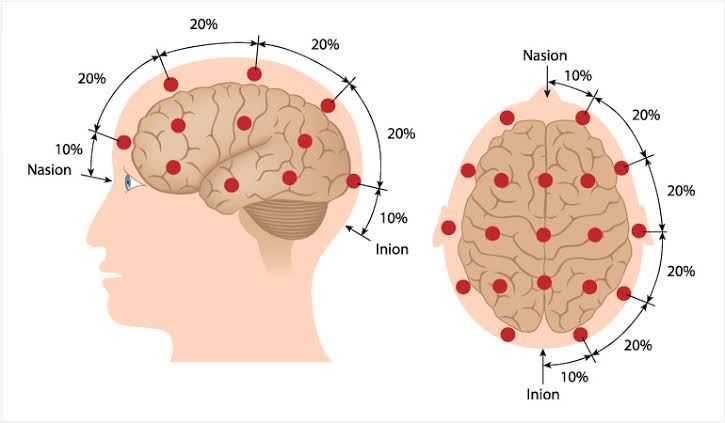
With electrodes applied to your scalp, an EEG measures electrical activity in the brain. It’s used to help diagnose conditions of the brain, including inflammation, tumors, and injuries, as well as seizures and psychiatric disorders. EEG doesn’t usually cause any discomfort. Before the test, a technician places electrodes around the scalp that look like small cups. As small charges in the brain are measured through the electrodes, the technician will create changes in the environment to measure brain signals, such as different lighting or noises. You need to avoid stimulants the day prior to the test. You can also expect the EEG to take an hour. Sometimes the test is done while you’re sleeping.
NEUROLOGY :
A neurologist is a medical doctor who specializes in treating diseases of the nervous system. The nervous system is made of two parts: the central and peripheral nervous system. It includes the brain and spinal cord. Neurologists manage and treat neurological conditions, or problems with the nervous system. Illnesses, disorders, and injuries that involve the nervous system often require a neurologist’s management and treatment. Symptoms that commonly require a neurologist include:
- Coordination problems
- Muscle weakness
- A change in sensation
- Confusion
- Dizziness
Neurologists also see patients with:
- Seizure disorders, such as epilepsy
- Stroke
- Multiple sclerosis
- Neuromuscular disorders, such as myasthenia gravis
- Infections of the nervous system, including encephalitis, meningitis, or brain abscesses
- Neurodegenerative disorders, such as Lou Gehrig’s disease and Alzheimer’s disease
- Spinal cord disorders, including inflammatory and autoimmune disorders
- Headaches, such as cluster headaches, and migraine































